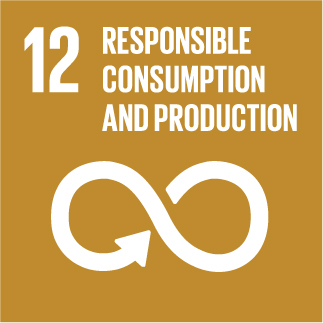URBANREC
Pyrolysis of Arundo donax L. to produce pyrolytic vinegar and its effect on the growth of dinoflagellate Karenia brevis
Harmful algal blooms (HABs) have become global environmental issues, and the demand for alternative algaecides is urgent. Pyrolytic vinegars (PVs) were pyrolyzed from giant reed at 300â??600°C to investigate the underlying mechanisms of their inhibitory effect on the red tide dinoflagellate Karenia brevis by sub-chronic toxicity experiments. The major components of PVs were acetic acid, phenols, aldehyde, ketone, and esters. The 96h median effective concentration (96h-EC50) values of PVs were 0.65â??1.08mLLâ??1, and PV300 showed the strongest inhibitory effect. The increased contents of reactive oxygen species (ROS) and malondialdehyde, antioxidant enzymes activities indicated that K. brevis cells were suffering from oxidative stress, leading to lipid oxidation and cell structure damage. The sites of ROS accumulation in the treated cells were chloroplasts and mitochondria. These results suggest the suitability of PVs as potential algaecides for HAB control, and also provide a new direction for biomass valorization.

» Author: Hao Zheng, Cuizhu Sun, Xiaodong Hou, Miao Wu, Yuan Yao, Fengmin Li
» Reference: Bioresource Technology, Volume 247
» Publication Date: 01/01/2018
» More Information

This project has received funding from the European Union's Horizon 2020 research and innovation program under grant agreement Nº 690103




URBANREC Guidelines by URBANREC Consortium is licensed under a Creative Commons Reconocimiento-NonComercial-NoDerivatives 4.0 Internacional License.
Puede hallar permisos más allá de los concedidos con esta licencia en www.aimplas.net
